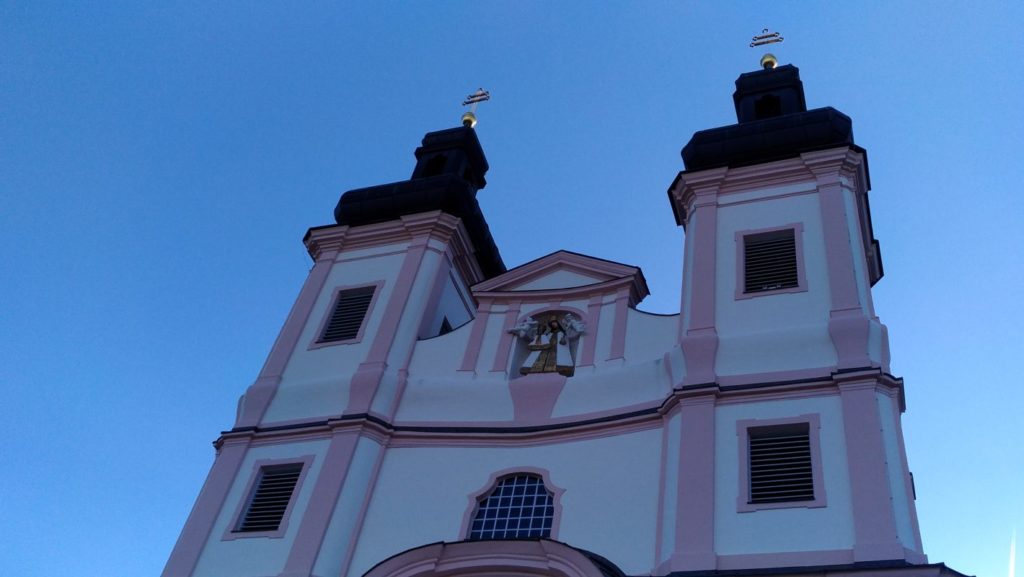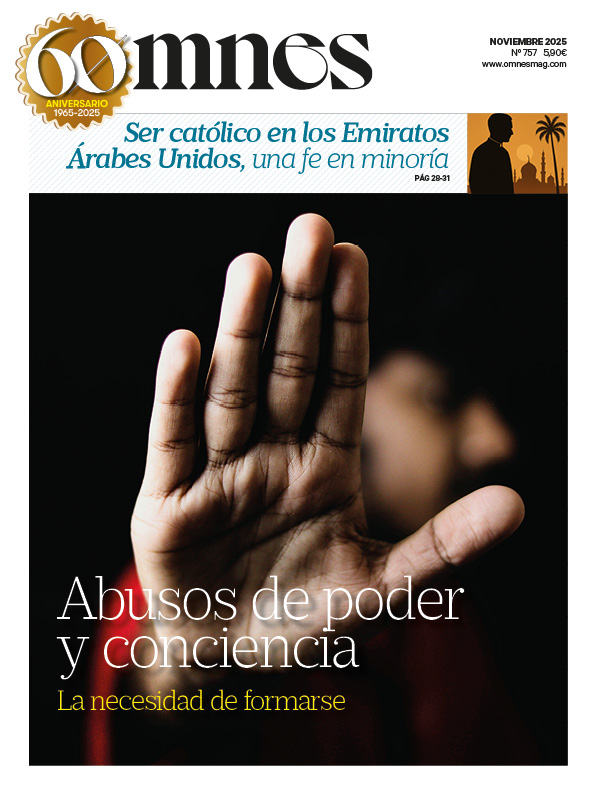The Semmering region is located one hour south of Vienna, the Austrian capital. It is a popular hiking destination, and in winter it is a popular skiing area. In the late 19th century many well-to-do Viennese citizens spent the summer season at the newly founded spa in this mountain pass and enjoyed the curative climate. Numerous beautiful old "villas" bear witness to this period, as do the more or less dilapidated buildings of several prestigious hotels.
For many centuries, the Semmering Pass has been an important link between the Austrian states of Lower Austria and Styria. Cars currently drive through a tunnel underneath the pass. A railway tunnel is also being completed, which will relieve freight traffic from 2028 onwards from the colorful Semmering Railway, the world's first mountain railroad, which winds its way to the harbor over numerous viaducts.
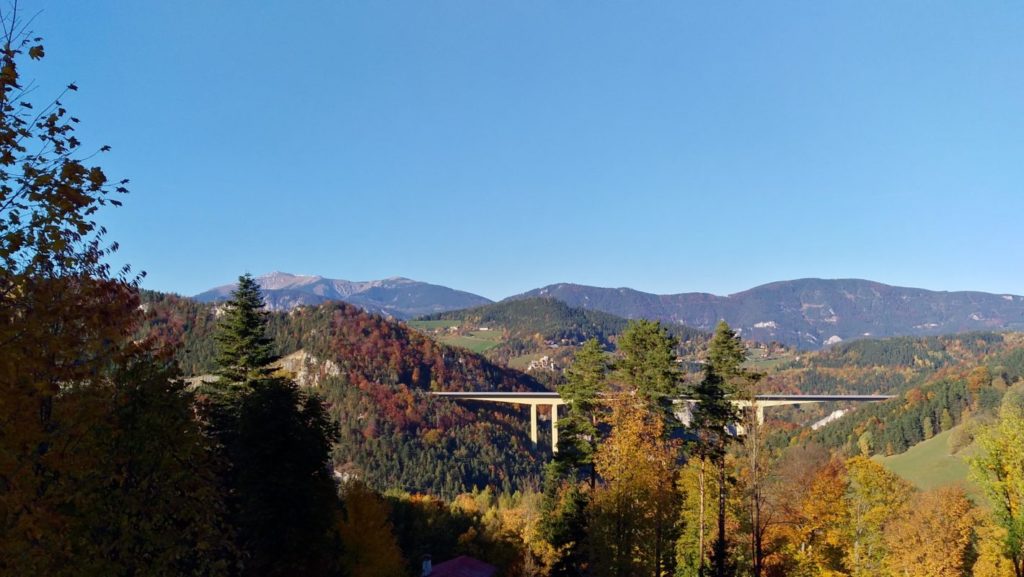
Very close to this hiking region, at the foot of the Sonnwendstein mountain, is the shrine of Maria Schutz (Mary Help of Christians). Its two baroque towers are clearly visible from the freeway on the way to the Semmering. They were already there when the Semmering was not yet frequented by tourists, but rather by merchants. This place of prayer and worship dates back to a chapel that was erected here in 1721 to fulfill a vow made during the plague epidemic of 1679. Apparently, at that time the water from the Maria Schutz spring - known as the "holy spring", the "Heiliges Bründl" - cured many plague patients.
The foundation stone of the present church was laid in 1728. Its magnificent baroque decoration testifies to the deep faith of the people and the large number of pilgrimages that came here in the south of Lower Austria in the 18th century. In addition to the fountain, whose water is nowadays poured into a marble basin at the back of the high altar, an image of Our Lady with the Child Jesus is also venerated in Maria Schutz. In a side chapel, next to the main entrance, there are numerous representations testifying to the gratitude of people who have been cured, or saved from mortal danger, thanks to the intercession of Mary Help of Christians.
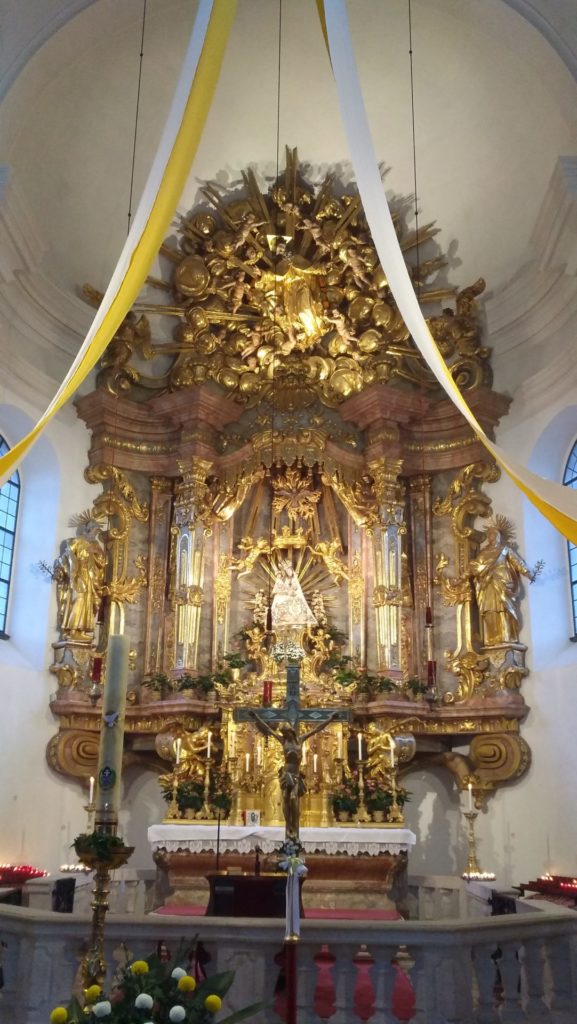
Over the centuries the church has also suffered greatly; in 1826 the towers burned down, and an earthquake damaged the church building. It was not until 1995 that the domes of the towers could be rebuilt in their original baroque form. In 1945 there was heavy fighting here between Soviet and German troops, but the ensemble remained largely intact. "Maria Schutz defends against all enemies", "Maria Schutz steht allen Feinden zum Trutz": the motto of this pilgrimage site reflects its history.
The Passionist religious have been living in the building adjacent to the monastery since 1925, and serve pilgrims. It is the only monastery in Austria of this order, founded in Italy by St. Paul of the Cross in 1720. At present, three Fathers and one Brother live in the monastery. They offer a rich spiritual program, with adoration for several hours each day, regular reparation evenings and "Fatima Days" (the 13th of each month). Almost every time one enters the church one hears the sound of the prayers, the words of the rosary or adoration. The highlight of each year is the dedication of the church on August 15, the feast of the Assumption of Mary, which is a public holiday in Austria.
In 2020 was the 300th anniversary of the foundation of the Order, but because of the Coronavirus pandemic the Passionists were not able to celebrate it properly, and the celebrations of the anniversary of the foundation could not take place until this year.
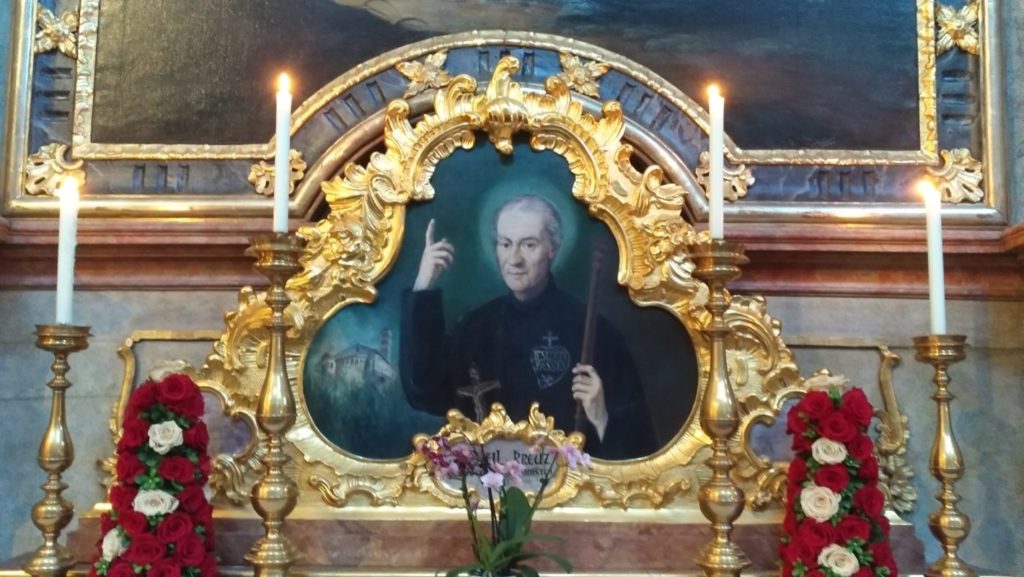
The "Marienhof" (House of Mary), a retreat house located in front of the church, is run by the Teaching Sisters of Our Lady of Auerbach, who collaborate with the Passionists in caring for the shrine. Up to 15 people can participate in the retreats, and the house does not have fixed prices, but lives exclusively on the donations of the faithful.
Maria Schutz not only attracts pilgrims; it is also a frequent hiking destination for tourists visiting the Semmering. Several hiking trails start from the church, and from the esplanade there is a breathtaking view of the beautiful landscape all the way to the Schneeberg, which at 2,076 meters is the highest mountain in Lower Austria. It is a sanctuary that combines the beauties of faith, art and nature in a fascinating way.


